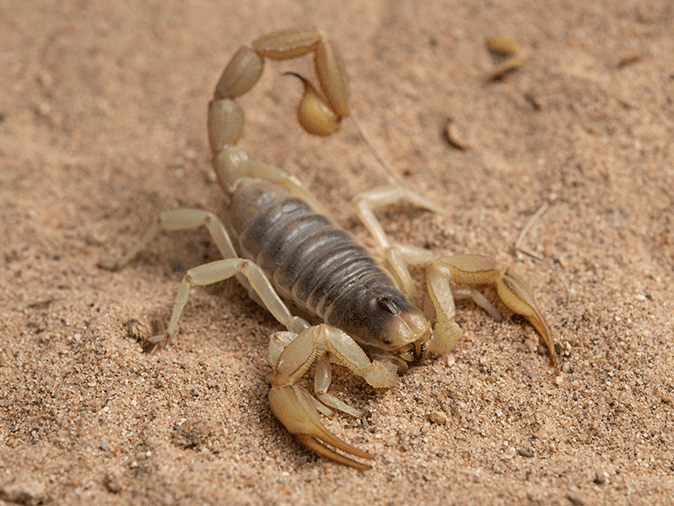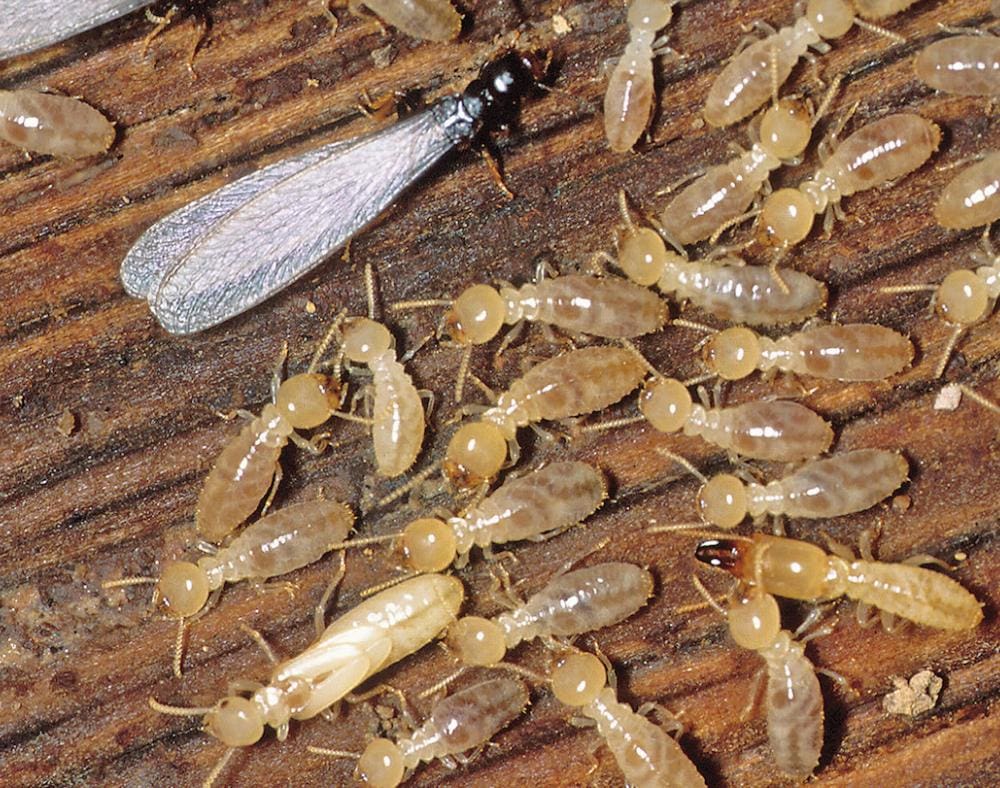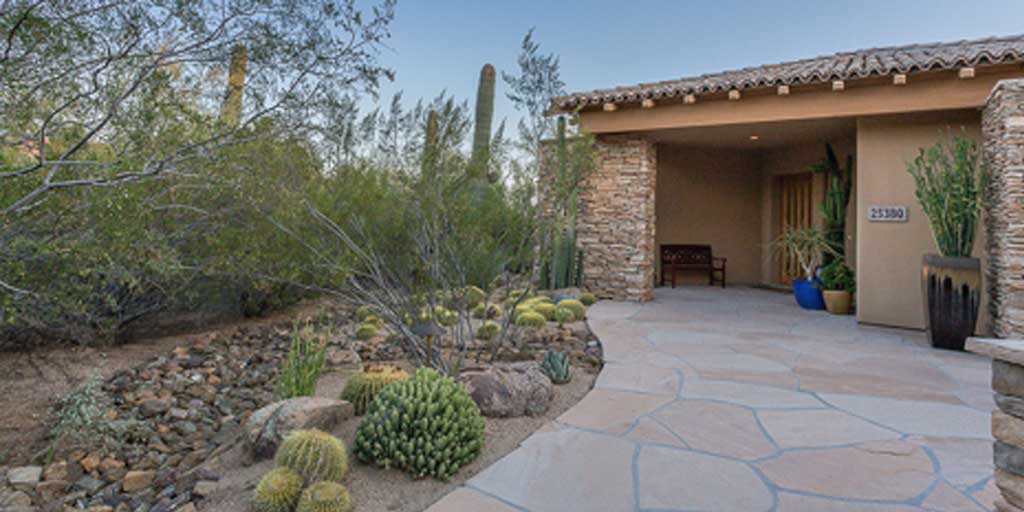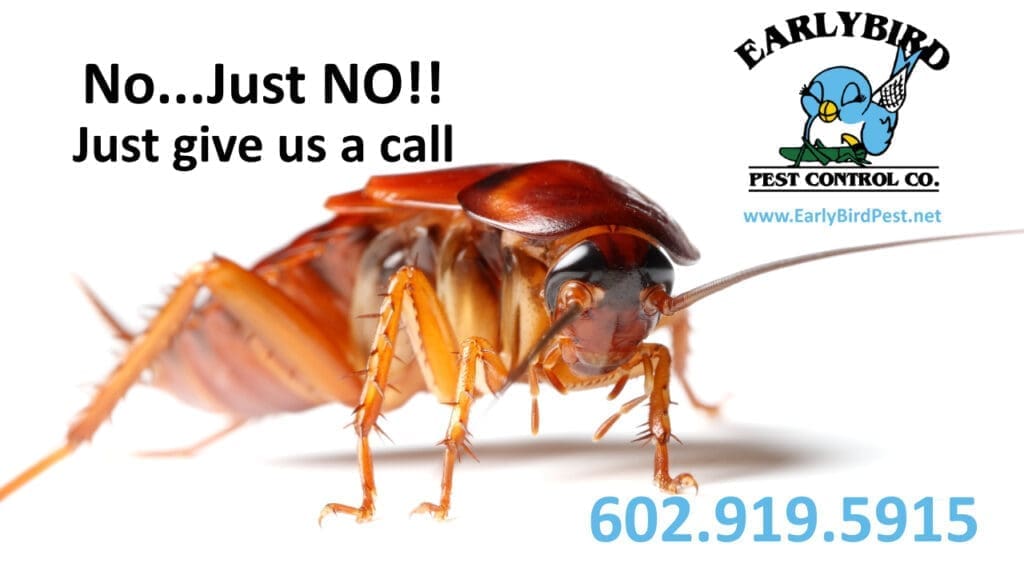Arizona is known for its vast desert landscapes and stunning natural beauty, but it’s not immune to the challenges of pest control. In this article, we will explore the unique obstacles that Arizona faces when it comes to managing pests, from scorpions to termites, and discuss the innovative solutions that are being employed to keep homes and businesses safe. Whether you’re a resident or a curious visitor, join us as we uncover the secrets of pest control in the desert and learn how to protect ourselves against these pesky invaders.
Common Pests in Arizona
Arizona is known for its unique desert environment, but this arid landscape can also be a haven for pests. Here are some of the most common pests you may encounter in Arizona:
Scorpions
Scorpions are a common sight in Arizona, and their venomous sting can be dangerous. These nocturnal creatures hide in cracks and crevices during the day and come out to hunt at night. It’s important to take precautions to keep scorpions out of your home.
Cockroaches
Cockroaches are known for their ability to survive in even the harshest conditions, making them a formidable pest in Arizona. These pests can contaminate food, trigger allergies, and spread disease. A comprehensive pest control plan is essential to keep them at bay.
Ants
Ants are a familiar sight in Arizona, and while most species are harmless, some can cause damage to your home or yard. Fire ants, for example, can deliver painful bites and destroy vegetation. Effective ant control methods are necessary to prevent infestations.
Termites
Termites are a homeowner’s worst nightmare, as they can cause significant structural damage to your property. Arizona’s dry climate actually makes it conducive to termite infestations, as termites seek out sources of moisture. Regular termite inspections and preventative measures are crucial.
Bed Bugs
Bed bugs are an unwelcome surprise for any homeowner. These tiny insects can hitch a ride into your home on luggage, clothing, or furniture and quickly infest your living spaces. Prompt action and professional treatment are essential to eliminate these pests.
Environmental Factors
Arizona’s unique environmental factors play a significant role in the prevalence of pests in the state. Understanding these factors can help you develop effective pest control strategies.
Extreme Temperatures
Arizona’s desert climate is characterized by scorching hot summers and cooler winters. While these extreme temperatures can be a challenge for humans, some pests thrive in these conditions. The arid climate provides a comfortable habitat for many pests, making it essential to implement pest control measures.
Limited Water Availability
Water is a limited resource in Arizona, and this scarcity can create a range of pest-related issues. Many pests are drawn to sources of moisture, so homeowners must be diligent in fixing leaky pipes, removing standing water, and maintaining proper drainage.
Desert Landscape
Arizona’s desert landscape is not only beautiful but also provides a habitat for many pests. Desert plants and rocky terrain offer hiding places and food sources for pests like scorpions and rodents. It’s important to understand the unique challenges posed by this environment when developing a pest control plan.

Integrated Pest Management (IPM)
Integrated Pest Management (IPM) is a holistic approach to pest control that focuses on prevention, monitoring, and environmentally friendly techniques. This method is highly effective in the desert environment of Arizona.
Definition and Principles
IPM involves the integration of various pest control methods to effectively manage pests while minimizing harm to the environment. This approach emphasizes prevention through actions such as sealing cracks and gaps, removing food and water sources, and implementing landscaping techniques that discourage pests.
The principles of IPM include assessing the pest problem, setting action thresholds, implementing a combination of preventive measures and interventions, and regularly monitoring and adjusting the pest control strategies.
Advantages in the Desert
IPM is particularly advantageous in the desert environment of Arizona. By focusing on prevention and employing a variety of pest control methods, homeowners can effectively manage pests without relying heavily on chemical treatments. This approach also promotes a healthier and safer living environment for families and pets.
Natural Pest Control Methods
Natural pest control methods have gained popularity in recent years due to their effectiveness and minimal impact on the environment. In Arizona, where the desert ecosystem is delicate, natural pest control methods are especially beneficial.
Using Beneficial Insects
One effective natural pest control method is utilizing beneficial insects. Certain insects, such as ladybugs, lacewings, and parasitic wasps, feed on common garden pests like aphids and caterpillars. Introducing these beneficial insects to your yard can help naturally control pest populations.
Implementing Barriers and Exclusion
Another natural approach to pest control is implementing barriers and exclusion techniques. This involves sealing cracks and gaps in your home’s exterior, installing screens on windows and doors, and using weatherstripping to keep pests out. These methods are particularly effective against pests like cockroaches and ants.
Employing Biological Controls
Biological controls involve using natural predators or pathogens to control pest populations. For example, nematodes are microscopic organisms that can be used to control soil-dwelling pests, such as termites. Employing these biological controls can provide an environmentally friendly solution to pest problems.

Chemical Pest Control Methods
While natural pest control methods have their place, sometimes chemical treatments are necessary to effectively manage pests. It’s important to understand the different chemicals used and choose the right treatment for your specific pest problem.
Understanding the Different Chemicals Used
There are various types of chemicals used in pest control, including insecticides, herbicides, and rodenticides. Insecticides are typically used to target specific pests, while herbicides control unwanted vegetation, and rodenticides are designed to eliminate rodent infestations.
It’s important to carefully read and follow the instructions when using chemical treatments, as improper use can be harmful to humans, pets, and the environment.
Choosing the Right Chemical Treatment
Choosing the right chemical treatment depends on several factors, including the type of pest, the severity of the infestation, and the location of the problem. It’s recommended to consult with a professional pest control company to determine the most effective and safe treatment options.
Professional Pest Control Services
While DIY pest control methods can be effective for smaller infestations, sometimes it’s best to leave the job to the professionals. Hiring a professional pest control service offers numerous benefits.
Benefits of Hiring a Professional
Professional pest control services have the knowledge, experience, and resources to effectively manage and eliminate pest infestations. They undergo specialized training to handle chemicals safely and know the best methods for each type of pest. In addition, many pest control companies offer warranties or guarantees on their services.
Choosing the Right Pest Control Company
When selecting a pest control company, it’s important to consider their reputation, credentials, and customer reviews. Look for a company that is licensed, insured, and employs trained technicians. Obtaining multiple quotes and comparing services can help you make an informed decision.

Preventive Pest Control Measures
Prevention is key when it comes to pest control. By implementing preventive measures, you can reduce the risk of pest infestations in your home.
Sealing Cracks and Gaps
Pests can enter your home through even the tiniest cracks and gaps. Sealing these openings is an effective way to prevent pests from gaining entry. Inspect your home regularly for any openings and use caulk, weatherstripping, or other appropriate materials to seal them.
Keeping a Clean and Tidy Home
Good hygiene and cleanliness are essential in preventing pest infestations. Keep your home clean by regularly sweeping, vacuuming, and mopping floors, wiping down countertops, and storing food properly. Don’t leave dirty dishes in the sink overnight and promptly dispose of garbage in tightly sealed bins.
Regular Pest Inspections
Regular pest inspections are crucial to catch and address any potential pest problems early on. Consider scheduling professional pest inspections at least once a year to identify any signs of infestations or vulnerabilities in your home. Catching and addressing pest issues early can prevent them from becoming major problems.
Pest-Resistant Landscaping
Creating a pest-resistant landscape can significantly reduce the risk of pest infestations in your yard. Here are some tips for implementing pest-resistant landscaping practices:
Choosing Native Plants
Native plants are well-adapted to the local environment, making them more resistant to pests and diseases. Research native plant species that are drought-tolerant and well-suited to Arizona’s climate. These plants require less maintenance and are less likely to attract pests.
Effective Irrigation Techniques
Proper irrigation techniques can help discourage pests from invading your yard. Watering deeply and infrequently encourages deep root growth, making plants more resistant to pests. Avoid overwatering, which can create damp conditions favored by pests.
Proper Yard Maintenance
Regular yard maintenance is essential in preventing pest infestations. Remove weeds, fallen leaves, and debris from your yard, as these can provide hiding places for pests. Trim shrubs and trees away from your house to eliminate potential pest highways into your home.

Pest Control Tips for Homeowners
While professional pest control services and preventive measures are important, there are also some simple steps homeowners can take to minimize the risk of pest infestations.
Storing Food Properly
Properly storing food is crucial in preventing pests like ants and cockroaches from infiltrating your home. Store food in airtight containers and keep your pantry clean and organized. Regularly check for expired food items and dispose of them properly.
Reducing Standing Water
Eliminating standing water from your property is essential in preventing mosquito breeding and other water-loving pests. Repair any leaks or pooled water around your home, and regularly clean and maintain birdbaths or other water features.
Eliminating Clutter
Pests are attracted to cluttered areas, as they provide hiding places and potential sources of food. Keep your indoor and outdoor spaces clutter-free to make it less enticing for pests. Regularly declutter and organize your living areas to reduce the chances of infestations.
Product Reviews
To effectively combat pests in Arizona, having access to the right pest control products and tools is essential. Here are some top-rated pest control products and tools suitable for the unique challenges of the Arizona desert environment:
Top Pest Control Products in Arizona
-
Pest Repeller Ultrasonic Repellent: This device emits ultrasonic waves that repel a wide range of pests, including rodents and insects. It’s a safe and chemical-free option for pest control.
-
Diatomaceous Earth: Diatomaceous earth is a natural and non-toxic powder that can be used to kill and repel pests. It can be applied to cracks, crevices, and other pest entry points.
-
Pheromone Traps: Pheromone traps are effective for monitoring and capturing specific pests, such as pantry moths or carpet beetles. These traps use chemical attractants to lure pests into a sticky trap.
Recommended Pest Control Tools and Equipment
-
Pest Control Sprayer: A high-quality pest control sprayer is essential for applying insecticides or herbicides around your home. Look for durable sprayers with adjustable nozzles for precise application.
-
Pest Control Duster: A pest control duster is useful for applying powders or dusts in hard-to-reach areas. These handheld tools ensure even distribution and can be used for spot treatments.
-
Pest Control Fogger: A fogger is ideal for treating large areas or outdoor spaces. It creates a fine mist that can reach difficult-to-access areas, effectively controlling pests in the vicinity.
With the right pest control products and tools, you can effectively manage and prevent pest infestations in your Arizona home.
In conclusion, Arizona’s unique desert environment presents several challenges when it comes to pest control. Understanding the common pests and environmental factors is key to developing an effective pest management plan. Whether you choose natural or chemical methods, it’s important to take a proactive approach to prevent and manage pest infestations. By following preventive measures, seeking professional help when needed, and utilizing recommended pest control products and tools, you can maintain a pest-free home and enjoy the beautiful Arizona landscape.


I am Randy, the author behind PestControld.com. Drawing from decades of experience, I aim to provide valuable insights, expert advice, and practical recommendations to help you make informed decisions when assessing viable pest control solutions.